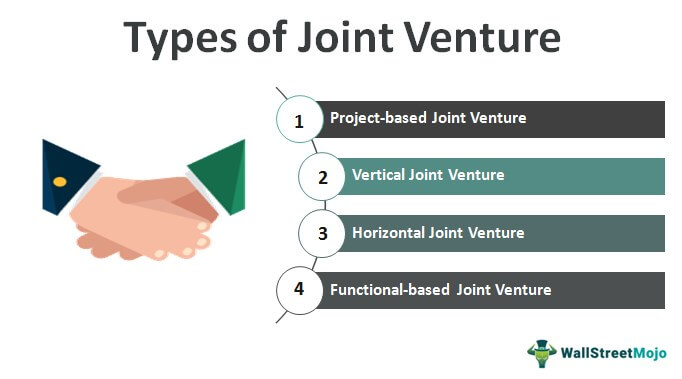[ad_1]
A Quick Win (QW) is an already developed solution idea linked to a known root cause. i.e., it allows your team to jump into the Improve Phase of Lean Six Sigma project. The only major determination left is how to implement, assuming the team has been granted the authority to make the change.
These Quick Wins are often identified in the Define or Measure phase. There is still a requirement to complete Define and Measure of the Lean Six Sigma project, to clarify scope and to be able to measure a change, but there is no need to go through Analyze Phase for this root cause and solution as they are already known.
When a small area, step, area, or section of a process has a known root cause and the solution is unknown, then it is best to apply the Japanese developed methods of continuous improvement called Kaizen. A Kaizen Event is essentially an accelerated DMAIC Define-Measure-Analyze-Improve-Control Project. A Kaizen focuses on specific improvement objectives such as Setup Reduction, 5S, Process Improvement, Line Balancing, etc… Although the Vision of the Future State may be in place, there is still a requirement to go through the Analyze Phase to determine HOW to make it happen as opposed to just how to implement a developed idea, as in the case of the Quick Win.
Benefits of Quick Improvement
They provide momentum for the project by driving value, measured in dollars early, thus improving ROI (Return on Investment). They also provide confidence to the broader organization that Lean Six Sigma is a viable approach to process improvement. Just-do-it projects also reduces stress on project team to Get Something Done!
When we find these opportunities there is no need to wait months for implementation. We should implement change as soon as possible to begin reaping the benefits. When we have a Quick Win, we by-pass the Analyze phase and move straight to Improve.
Quick Win Improvement Criteria
– Quick Wins have a minimal or no capital expenditure
– Low Risk
– Narrow and focused scope (they are not trying to fix the whole process, just a small piece)
– Buy-in to solutions by all Stakeholders
– Certainty (approximately 70-80% confidence) that the change will generate a positive impact
– Improvements may be Implemented Quickly (within 1-2 weeks, usually 1-3 days)
– The project team has the authority to implement the desired changes
– Root cause is known and solution obvious to all
Quick Win Examples
– Process Step Elimination
– Procedure Change
– Safety Stock Elimination (Just in Case Inventory)
– Communication Improvement
– Supplier Price Reduction
– Part Substitution
– Training on Best Practices
– Error Proof a Process Step
– Process Balancing or Layout
Quick Wins Cautions
Risk assessment must be an essential part of the Quick Win decision process. Communication with other process stakeholders should be done quickly to gain buy-in and approval. There is no need for surprises for anyone in the process. Everyone can help assess what are the potential Quick Win impacts on the Customers or Suppliers, Other functional areas, Cost and Benefit analysis, or other teams efforts.
Quick Improvement Control Plans
Quick Improvements, whether Quick Wins or Kaizen improvements, must have implemented Control Plans in place before being considered complete. It is desirable to implement improvements as soon as possible but implementation without control can be worse than no implementation at all.
[ad_2]
Source by Steven Bonacorsi














